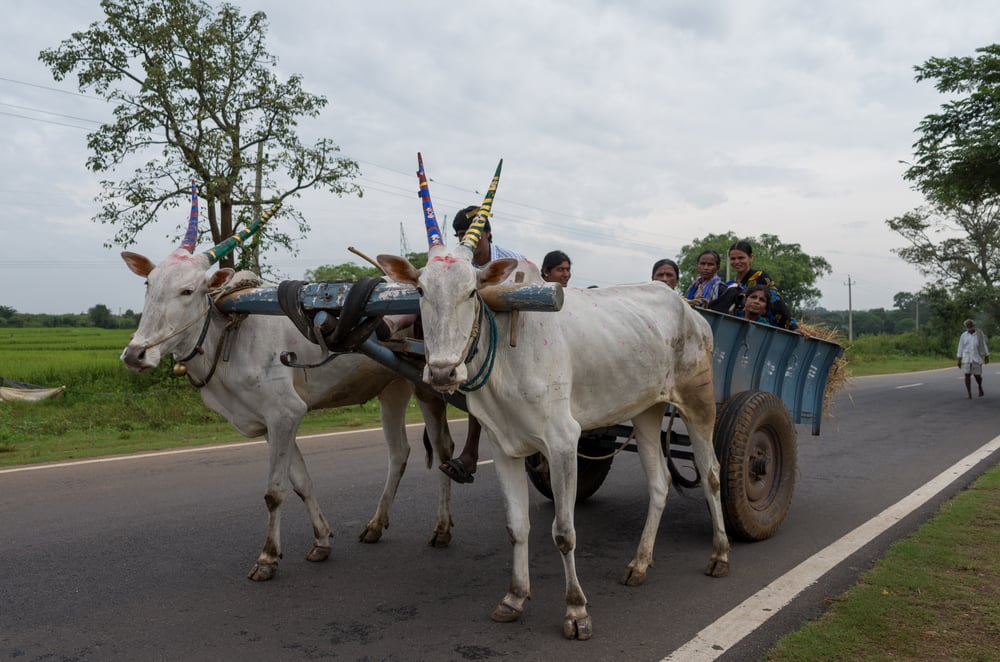
Late in October I took a journey through southern India. This was my second appearance in the country which I had previously visited in 2000 when I went to the north and Mumbai. I still remember it vividly: Very friendly people. Lots of colour. Hot, dusty. Grinding poverty. Children playing cricket everywhere. Beggars. Sad sights. Amazing sights. Photo opportunities everywhere but back then I made a point of always trying to respect the dignity of unfortunate people and it is a policy I followed on the recent trip.
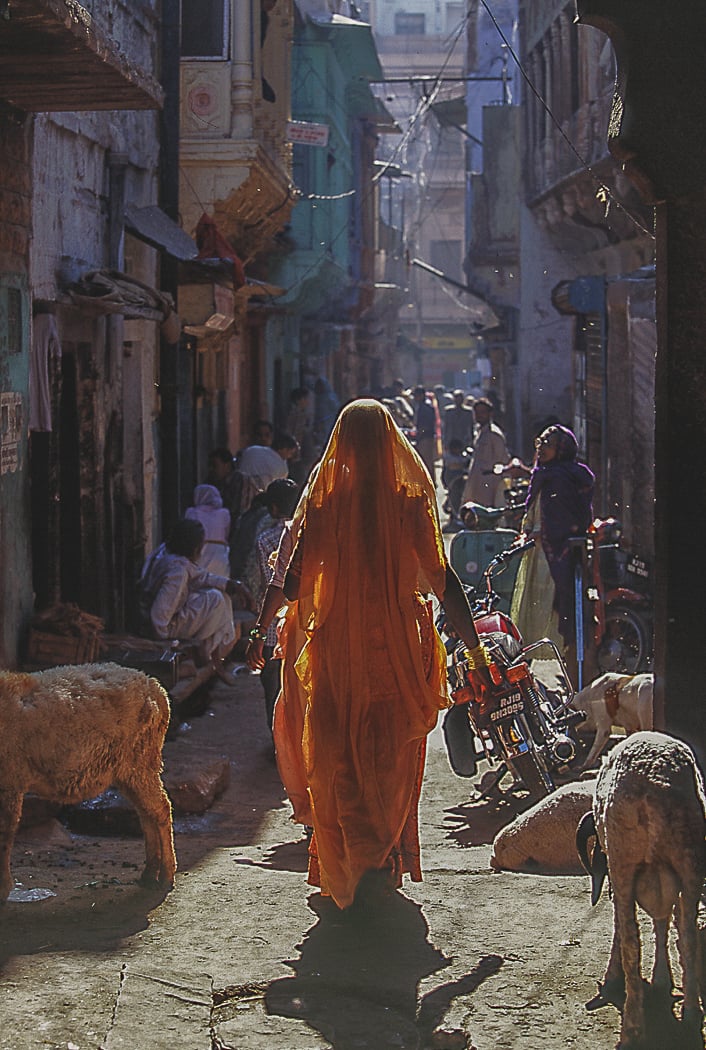
Back in 2000 I used a Leica M6 film camera. On a trip which lasted nearly three weeks, I exposed a modest four cassettes of 35mm Fuji Velvia slide film. That’s 144 photos. I even brought one unused film back. Most photographers today would easily take that number of photos in a day or, perhaps, even in an hour.
Friends keep telling me that they have taken 3,000 or even 5,000 photos on a three-week overseas trip. Then they cannot organise them yet alone edit them as they are overwhelmed by the sheer volume of material.
Every frame counts
Every frame counted then, and I knew it. It’s a habit I relearnt for the recent trip. The Fuji Velvia slide film I used then was a slow 50 ISO—the colours were vivid but it was contrasty and had very little exposure latitude so it was not at all easy to work with. At the time I was very pleased with the results. But, unlike today, there were very limited ways of sharing with others.
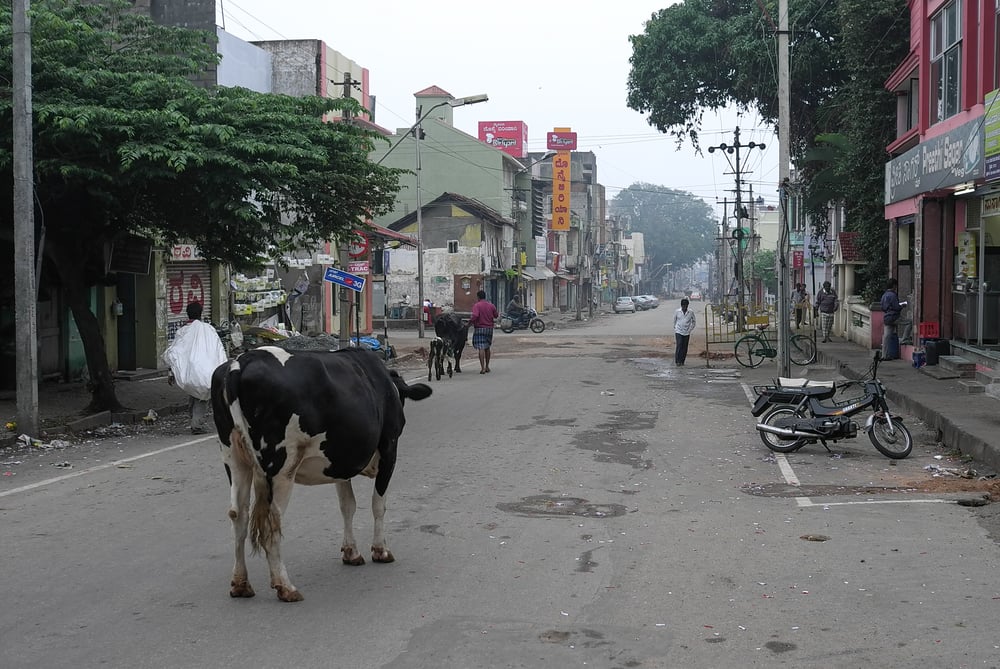
There was no Flickr, Instagram, blogs or online magazines. Just magazines, newspapers and staid camera clubs. Looking back, this inability to see other photographers’ work and to share my own efforts with others really stilted my—and I suspect many others’—photography for many years. Today’s photographers do not know how lucky they are to have so many platforms for looking at great photography and sharing their own work with others.
On the recent journey I took my two current digital Leicas—an X1 fitted with an optical viewfinder and an X Vario. I enjoy using both of them although I really do have a sweet spot for the X1 which is so unobtrusive and easy to use and which has superb image quality. The X1 is a future classic.
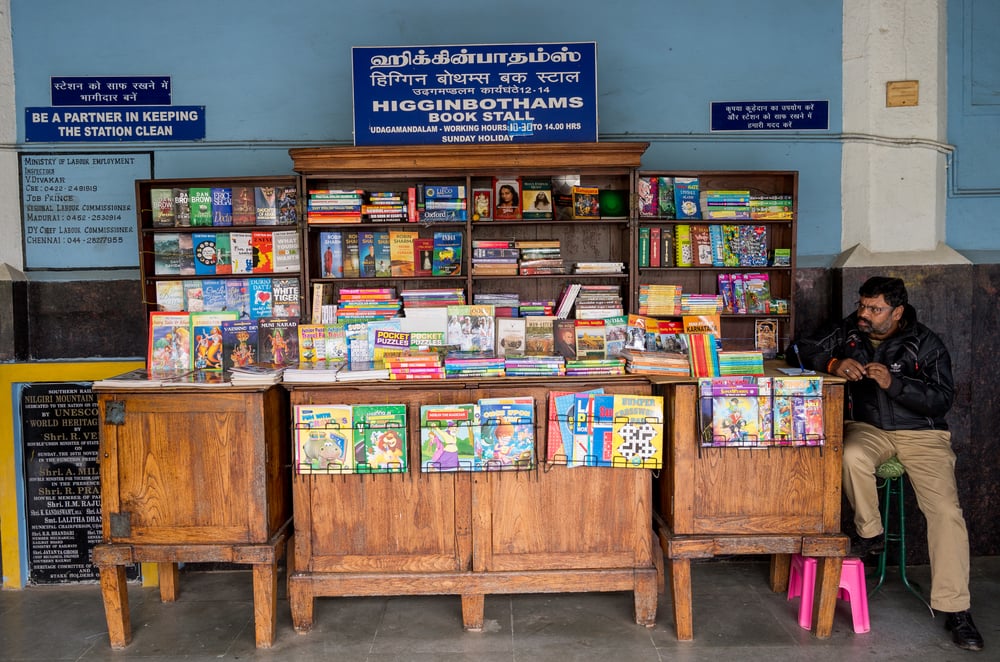
Much maligned
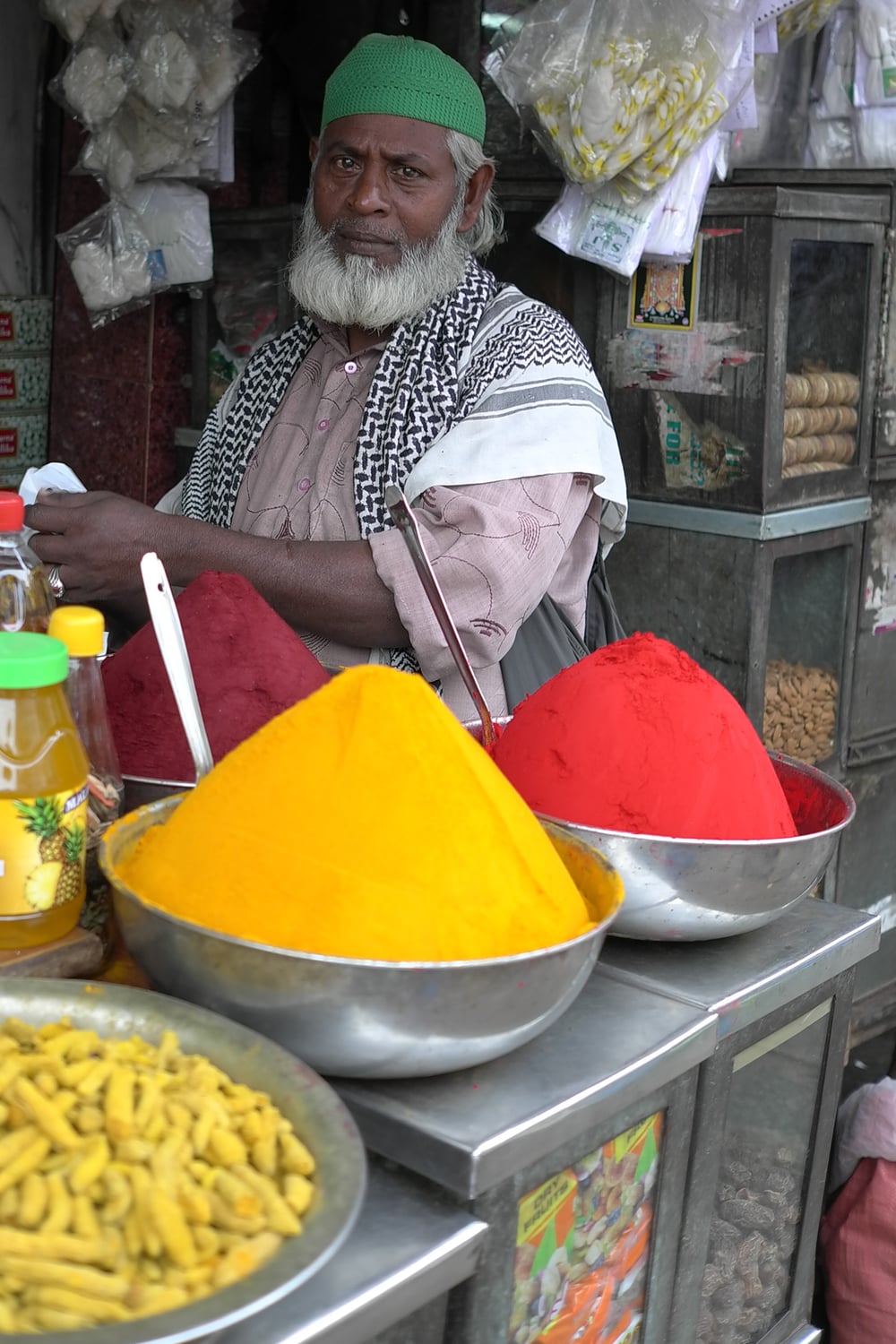
The X Vario is a much maligned camera. Its reputation was seriously damaged at launch by a very silly marketing campaign by Leica which set the unrealistic expectation that it was in fact a mini Leica M.
Most of the misplaced criticism of the X Vario is of the ‘slow’ 28-70mm f/3.5 to f/6.3 zoom lens. In fact it is only half a stop slower than most other zoom lenses of this configuration and, in my book, half a stop is hardly worth worrying about. Leica chose to make the lens this configuration to keep it small and to maximise the IQ. They succeeded handsomely on both counts.
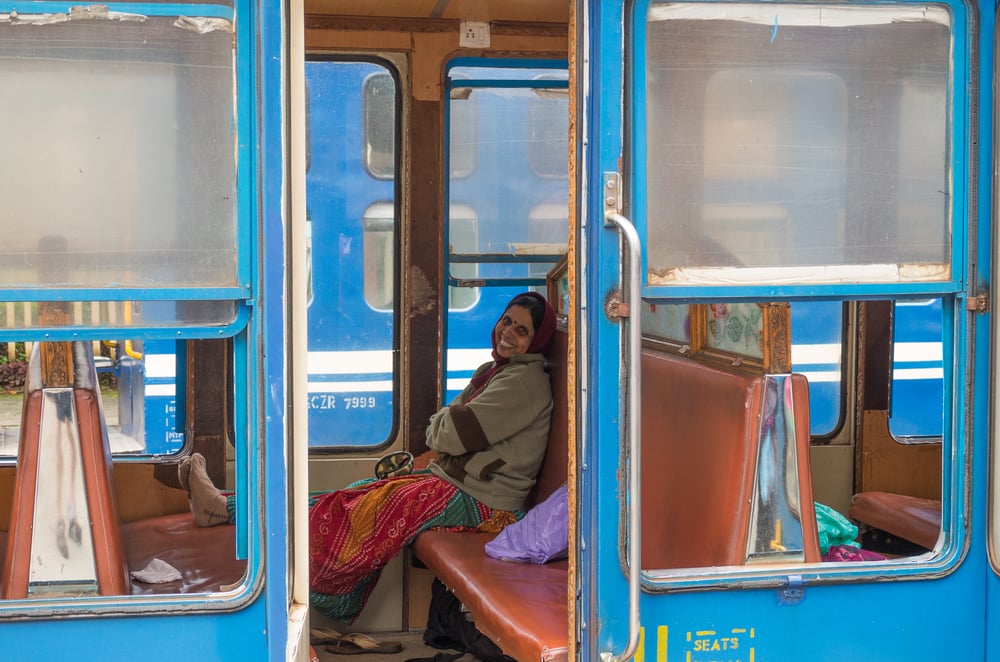
My X Vario came new at a fair discount off the list price and I now love it—although I do wish that it had an integral viewfinder and not the clip on accessory which makes the camera cumbersome. If you are into features and long menus and high pixel counts and all the grist of the forum mills than the X Vario is definitely not for you. But if you want a fabulous travel camera which produces incredible IQ I strongly recommend you take a look at it.
Fifteen years on
How did I find India 15 years on? Well I was not visiting the same area so a direct comparison cannot be made. However, I can generalise and say that the Indians are still amazingly friendly people. There’s a much bigger and even more appalling rubbish/litter problem and a big increase in the numbers of cars, buses and three-wheeled autorickshaws means crazy, terrifying, suicidal driving on totally chaotic roads. Towns and cities are incredibly untidy and dirty and plagued by inadequate and broken-down infrastructure.
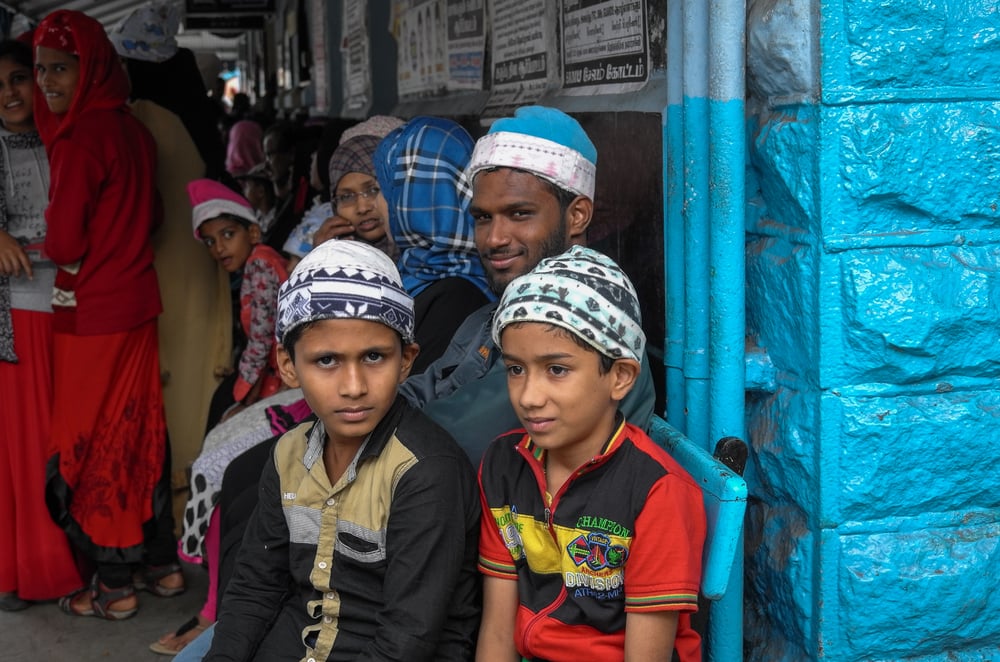
Still, though, India remains immensely colourful. It still possesses awe-inspiring antiquities, palaces and temples. On a very positive note, there are fewer beggars and many more middle class and affluent Indians. Mobile phones are everywhere amid so much poverty.
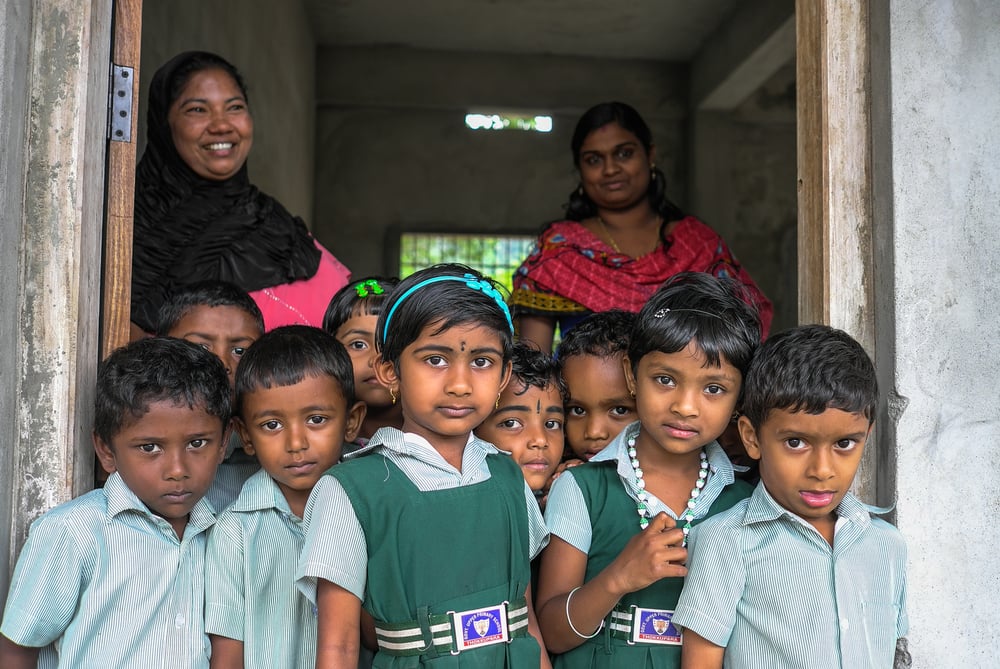
India really does have a unique culture with so many contradictions. Where else in the world can you see a cow foraging in heaps of litter outside a construction site for a stunning new Maserati car showroom? Or a gang of men in loincloths working with pickaxes to dig a trench for a fibreoptic cable whilst a bullock-drawn cart passes by? Or use very high speed wifi in an old city-centre hotel which draws its water supply from a deep well in the courtyard?
The Indian Tourism authority has a slogan: Incredible India. It does indeed say it all.
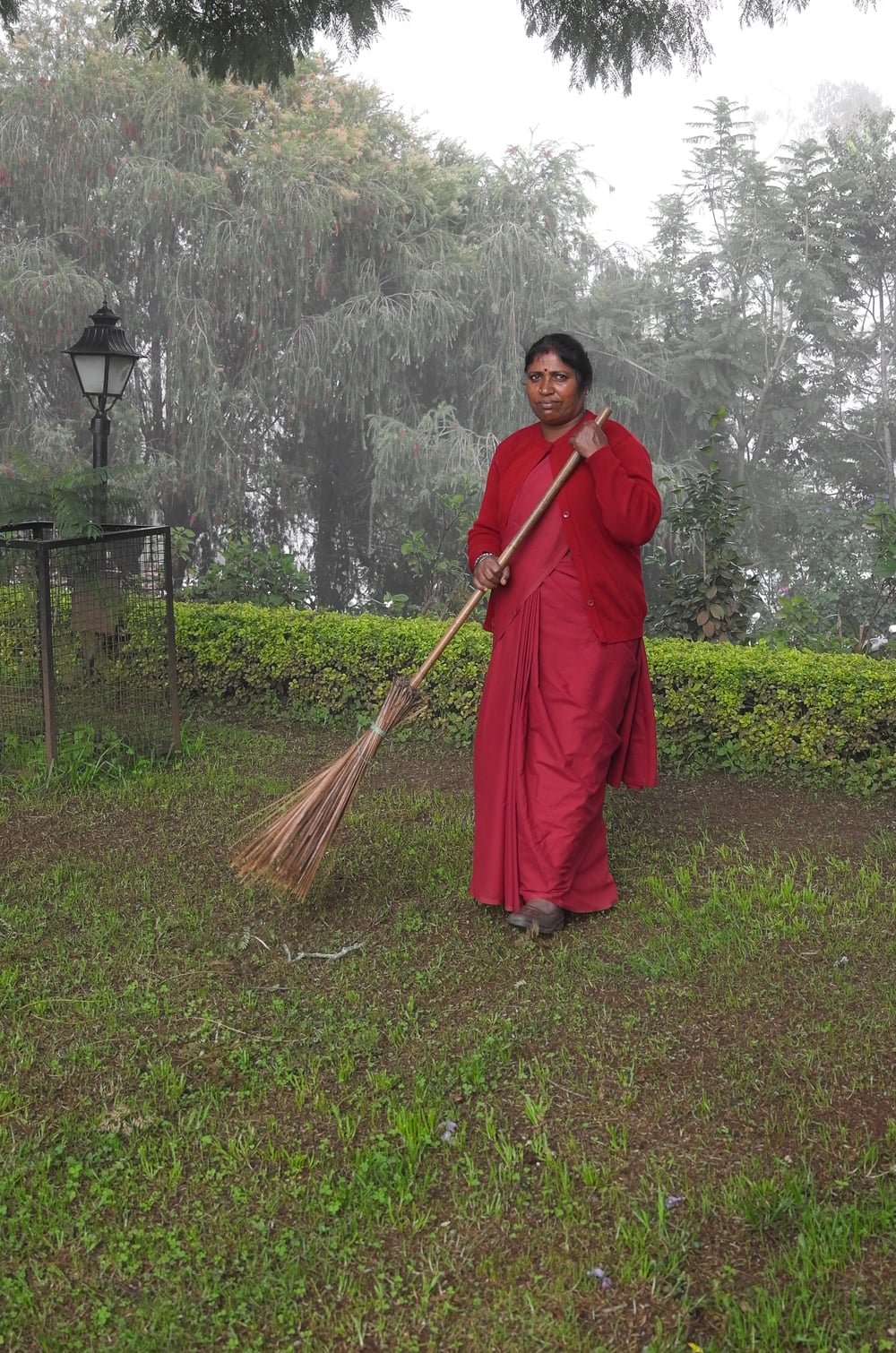
Twelve good shots
I took 320 photos on the recent journey. It was a major effort to slow down and restrict myself only to photos worth taking. I tried hard to apply the old film camera discipline. They were edited down to just a hundred worth looking at. I set myself an objective of coming back with a dozen good photos and I feel that I more than succeeded.
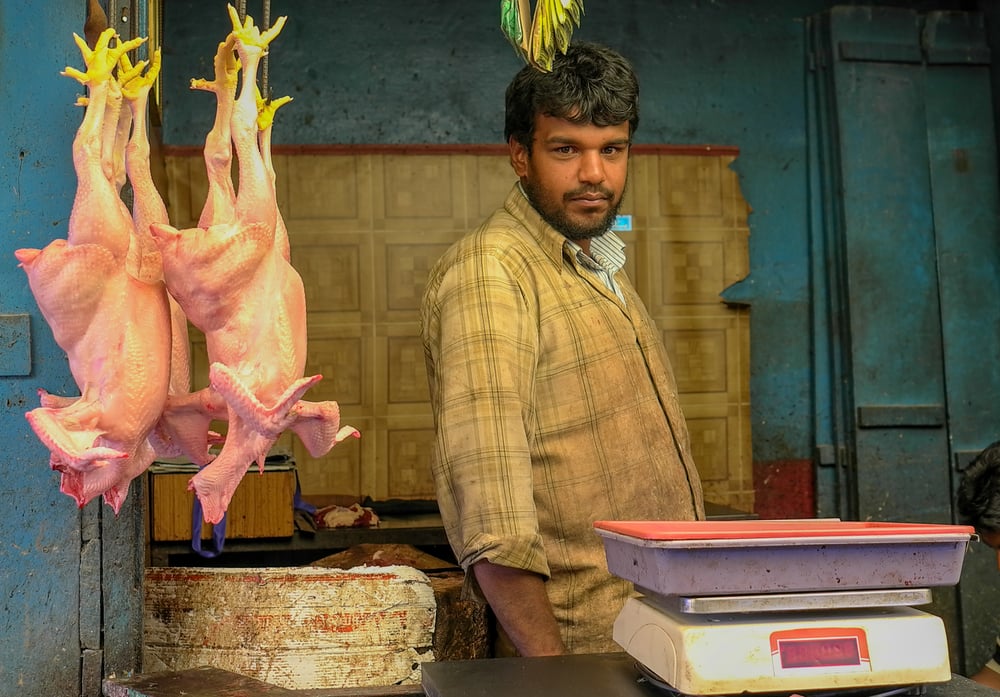
I did not shoot tourist sites or beggars or sleeping people. I now always try to engage with potential subjects and gain their approval. I do this by holding up the camera, smiling broadly and asking in English if I can take their photo. They always understand what I am asking even if they do not understand the words and they almost always nod approval.
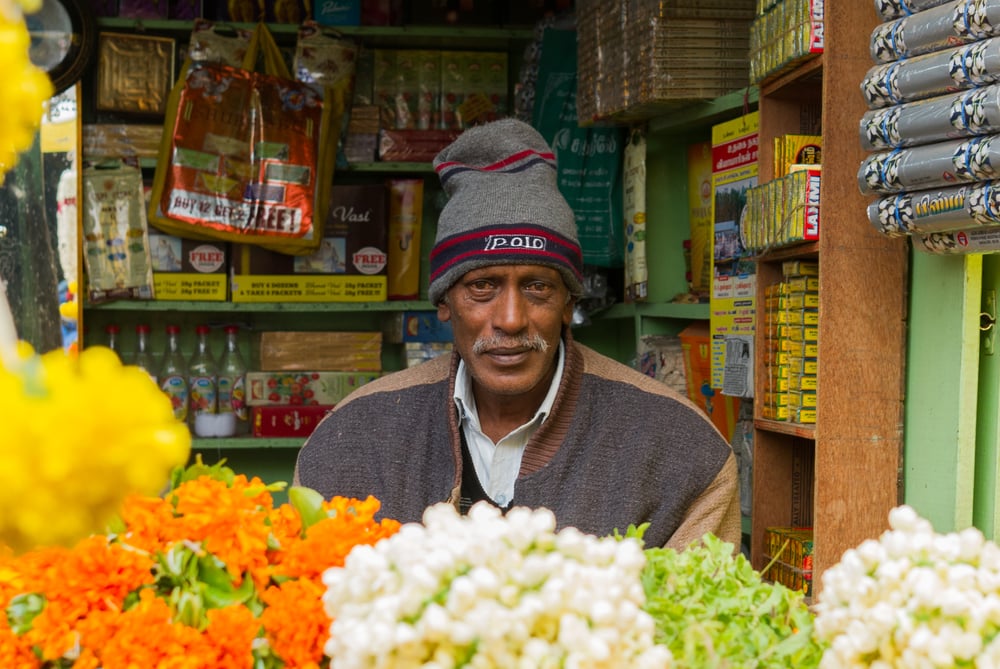
If they decline then I respect their decision and smile back and walk on. By adopting this technique I have evolved a personal style with the subjects looking directly into the camera. I used to be very reserved in approaching people but as I have become older this reserve has gone and now I find that I am very confident in taking a direct approach.
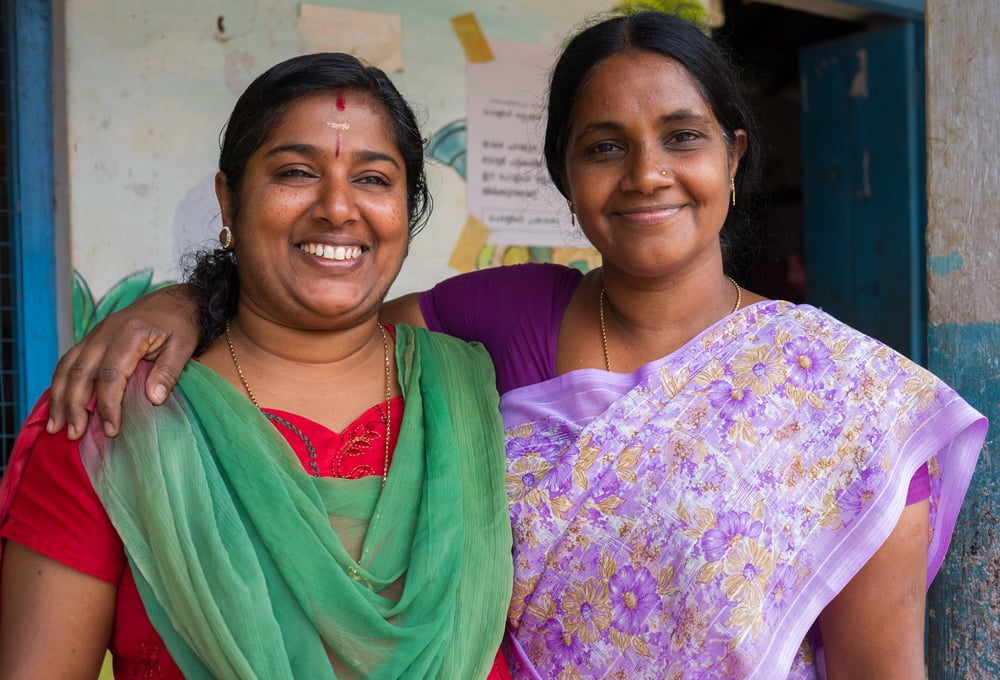
Looking at my photos it’s easy to say that on the recent trip I have concentrated on happy, smiling people. Well that’s how I found them and that for me is what made the journey so enjoyable.
You can find more of my Indian experiences on The Rolling Road
A full set of my Indian pictures are here on Flickr

William , thanks for your very kind comments on my photos.
The sad thing is that I have thousands of slides and negatives of the standard of the Laos and early Indian photos but I just do not have the patience,or time,to scan them in.So I just find and scan a few gems when I feel the inclination.My motivation now is to take more good photos whilst I am still in good health and have the enthusiasm. However one small set which I did dig out and scan in are photos of Japanese factories taken in 1979.These really are from another era see https://www.flickr.com/photos/118763778@N03/albums/72157653131890436
They are not Leica photos but the Olympus OM2 and lenses were very good.
Dear John
I think that all of these photos are wonderful and they capture the true flavour of India. I used a Leica M8 on a trip to India in 2009 and I was very pleased with the results. The shot of yours that really stands out for me, however, is the one taken on Velvia in 2000. I also really liked your earlier post of photos from Laos. There is something about the look and feel of slide film that digital has not successfully captured. I bought my last rolls of Velvia in 2002 in the B+H in New York and kept some for a few years but then digital came along in the form of the, then revolutionary, Nikon D70 in 2004. I moved to the Middle East to work the following year and the convenience of digital came into its own.
I came back to film again in 2011 when I started to collect vintage Leicas. I have been using colour negative and some black and white film but every time I see good slides at an event like the Leica Society AGM, the desire to shoot slides comes back. After I came back from the last AGM I went looking for someone in Dublin who might process slides for me. I went to a place that I had used over 30 years ago and I was told that they still did this but there were restrictions as regards days of the week and times for leaving in and collection and I’m afraid I just wilted and have not pursued this since. I only shoot film when I am at home in Ireland. When I travel abroad, even to the UK, it is digital all the way for me because of the convenience and lack of worry about x-ray machines etc.
Going back to your photos and the wonderful shot of ‘Higginbotham’s Book Stall’, I see a sign on the left hand side which is from the Ministry of Labour Employment which mentions a ‘Job Prince’. It is not clear if this is a position or somebody’s name, but it is wonderful whatever it is. If it is the former, it is much better than ‘Jobs Czar’ or whatever else we might use in my part of the world and, if it is the latter, it is the most appropriate I have come across since I met a fish buyer called ‘Tommy Spratt’.
I really enjoy seeing your photography.
William